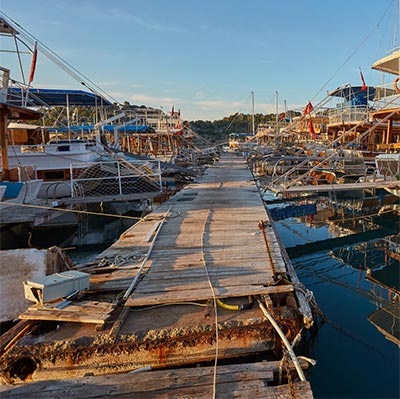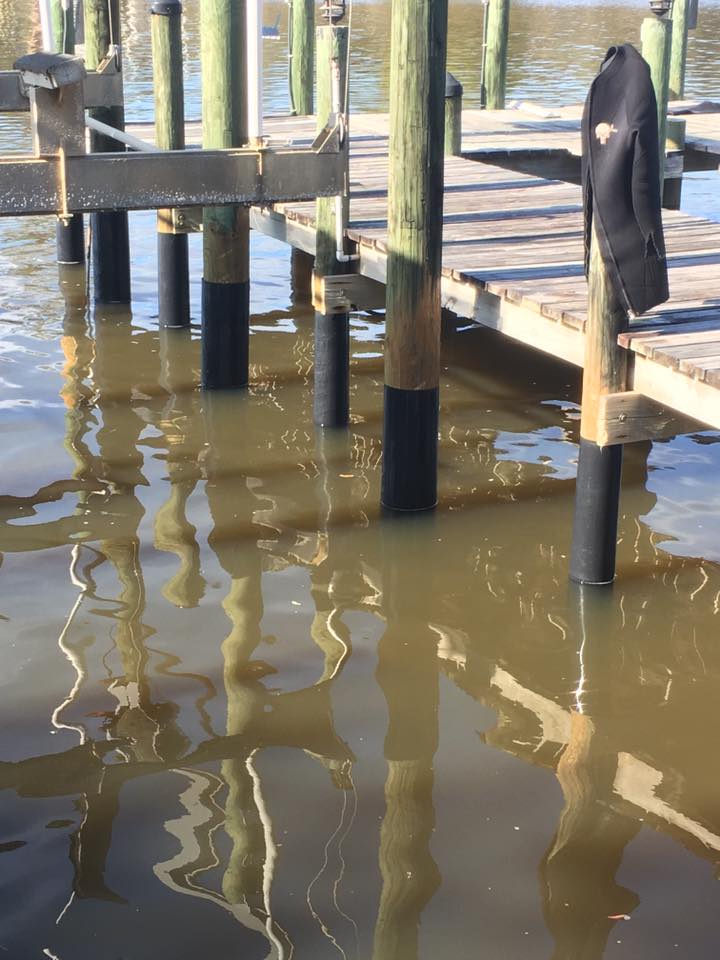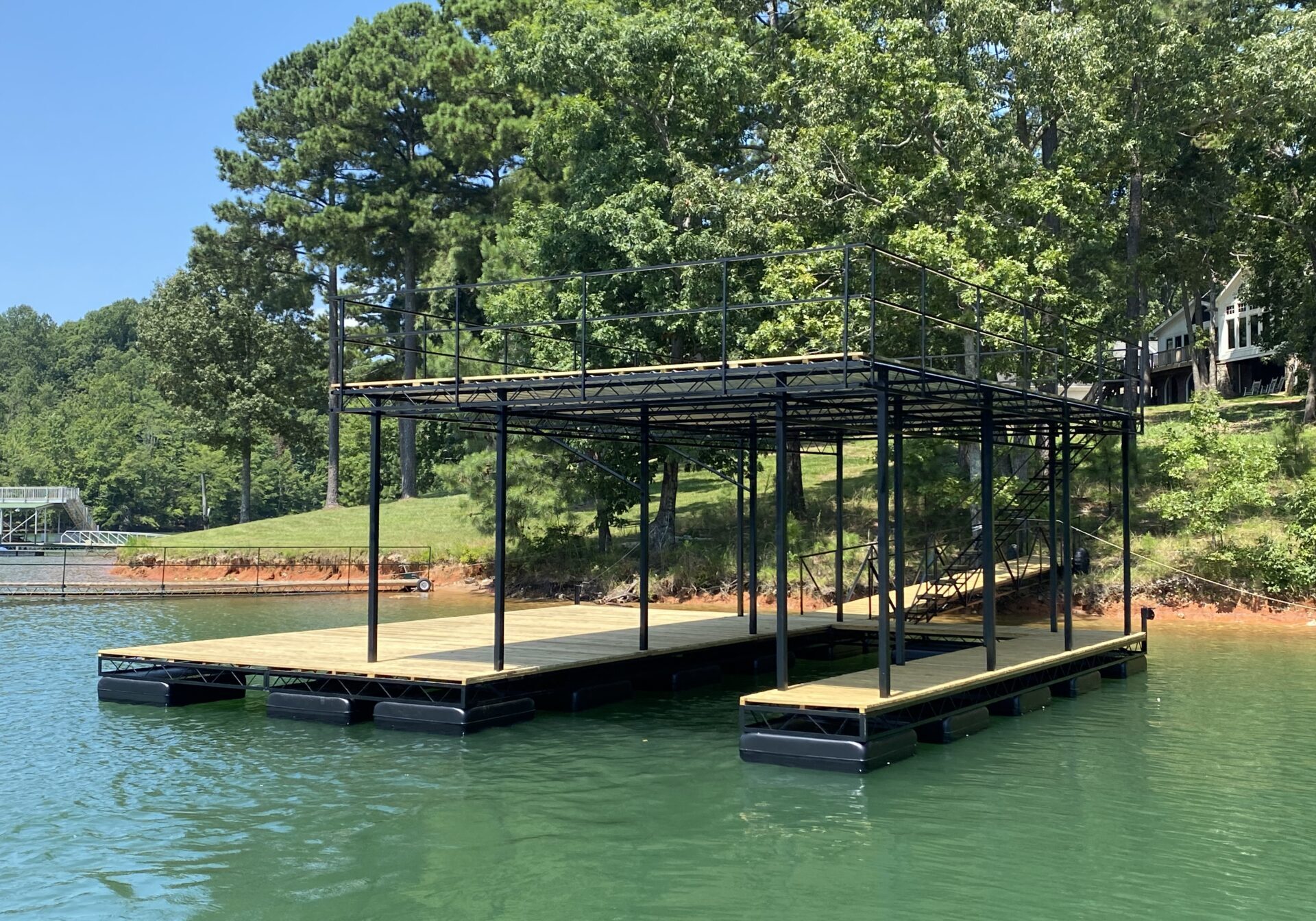Typical Problems That Result In Expensive Dock Repairs
Typical Problems That Result In Expensive Dock Repairs
Blog Article
Efficient Dock Fixing Techniques: Guaranteeing Structural Honesty
Guaranteeing the structural integrity of docks with efficient repair work methods is vital for the longevity and security of marine facilities. Consequently, picking the best fixing materials, such as composite products and corrosion-resistant alloys, is vital for resilience.
Assessing Dock Damages
Analyzing dock damage is a vital very first step in ensuring the structural stability and safety and security of any docking facility. This preliminary evaluation involves a thorough examination to identify both noticeable and hidden damages. Secret facets to analyze consist of the dock's foundation, pilings, outdoor decking, and equipment. Each component must be inspected for signs of wear, rot, rust, or other forms of destruction that can endanger the architectural honesty.
Structural designers or certified examiners normally carry out these assessments utilizing specialized techniques and tools. As an example, undersea examinations might employ sonar devices or from another location operated lorries (ROVs) to detect submerged damage. Over water, visual assessments are enhanced by utilizing dampness meters and various other analysis tools to reveal underlying problems not quickly visible to the naked eye.

Choosing Fixing Products
Picking the suitable repair products is a pivotal action in the dock remediation process, one that directly influences the longevity and performance of the repaired framework. Product selection have to be driven by aspects such as ecological conditions, load-bearing demands, and compatibility with existing dock parts.
Along with timber, composite products are increasingly preferred due to their toughness and reduced upkeep needs. Composites, commonly made from a blend of plastic and wood fibers, supply superb resistance to rot, pests, and UV damage. For steel docks, picking corrosion-resistant alloys such as galvanized steel or marine-grade aluminum is important to protect against corrosion and ensure architectural stability in saline water conditions.
Epoxy materials and marine-grade sealers are indispensable for fixing fractures and sealing joints, providing a water-proof obstacle and enhancing the dock's overall toughness. By diligently selecting top quality products, dock repair services can accomplish resilient outcomes, consequently guarding versus future deterioration and making certain risk-free, reputable use.
Structural Support Methods
Reliable structural support strategies are critical in guaranteeing the security and durability of dock fixings. One fundamental method entails the use of steel or composite support bars (rebar) within concrete frameworks. Rebar supplies additional tensile strength, preventing fractures and distributing lots a lot more equally. This approach is especially efficient for anchors revealed to heavy lots or severe ecological problems.
Another crucial method is the application of fiber-reinforced polymers (FRP) These products provide high strength-to-weight proportions and outstanding resistance to rust, making them excellent for reinforcing concrete or wooden docks. FRP can be used in sheets or strips and bonded with epoxy resins to boost architectural integrity.
Supporting and anchoring systems also play a vital role in architectural support. Cross-bracing, utilizing steel or wooden beams, can neutralize lateral forces, minimizing persuading and movement. Securing systems, such as helical piers or driven stacks, supply a secure foundation by transferring loads to deeper, more steady dirt layers.
Lastly, the combination of load-distribution plates can help distribute weight extra evenly throughout the dock's surface area, mitigating local anxiety factors. These techniques jointly make sure that docks remain robust and safe, efficient in enduring the roughness of their operational setting.
Advanced Fixing Approaches

One more sophisticated strategy involves underwater welding, which enables fixings to be conducted without the requirement to dewater the location. This technique is particularly useful for dealing with architectural concerns in submerged dock components, ensuring marginal interruption to procedures. Enhanced welding techniques, coupled with robotic systems, supply accuracy and dependability, consequently extending the life-span of the dock.
Additionally, cathodic protection systems are implemented to stop deterioration in metal dock structures. By using sacrificial anodes or amazed present systems, these strategies properly alleviate the electrochemical processes that bring about material degeneration.
Last but not least, advanced surveillance technologies, such as architectural health and wellness surveillance (SHM) systems, offer real-time data on the condition of dock frameworks. These systems additional info make it possible for aggressive upkeep and timely treatments, inevitably ensuring the lasting architectural honesty of the dock.
Upkeep and Prevention
Upkeep and avoidance are essential principles that underpin the durability and security of dock structures. Regular inspections are critical, permitting very early detection of deterioration, prospective weaknesses, and environmental influences. An aggressive method, entailing routine checks for corrosion, rot, and architectural Learn More shifts, mitigates costly repairs and prolongs the dock's functional life.
Safety nets should include using protective finishings to metal components to safeguard versus corrosion and using treated wood to withstand degeneration. In addition, guaranteeing correct drainage and ventilation can avoid water accumulation, which is a common reason of structural destruction. Integrating high quality materials and sticking to manufacturer standards during construction and fixing phases also play crucial roles in boosting resilience.

Educating personnel in dock upkeep finest techniques guarantees consistent application of precautionary procedures. Leveraging technical breakthroughs, such as drones for examinations and sensing units for real-time surveillance, can even more boost upkeep efforts. By prioritizing maintenance and prevention, dock owners can make sure structural integrity, operational security, and cost-effective monitoring over the dock's life expectancy.
Final Thought
In final thought, preserving the architectural honesty of aquatic facilities requires extensive dock fixing techniques. Advanced repair service strategies, coupled with normal upkeep practices, guarantee the dock stays operational and safe under diverse ecological conditions.
Guaranteeing the structural integrity of anchors via efficient repair work methods is vital for the longevity and safety and security redirected here of marine centers.Choosing the suitable fixing materials is a critical step in the dock remediation process, one that straight influences the durability and performance of the repaired structure.Effective architectural support techniques are vital in making sure the stability and long life of dock repair work. By prioritizing maintenance and prevention, dock owners can make sure architectural integrity, operational security, and economical management over the dock's life-span.
In verdict, preserving the structural stability of marine facilities demands thorough dock repair work techniques.
Report this page